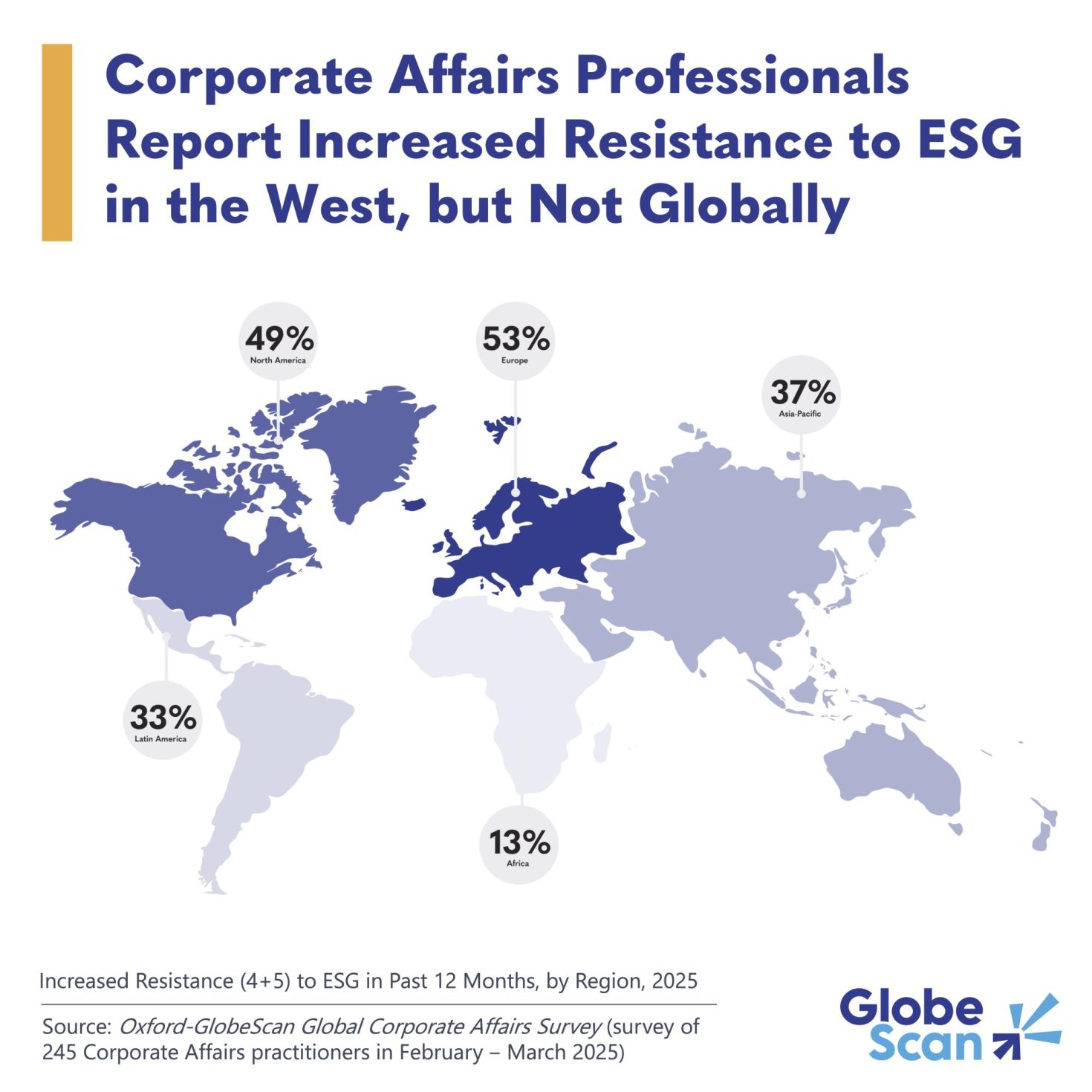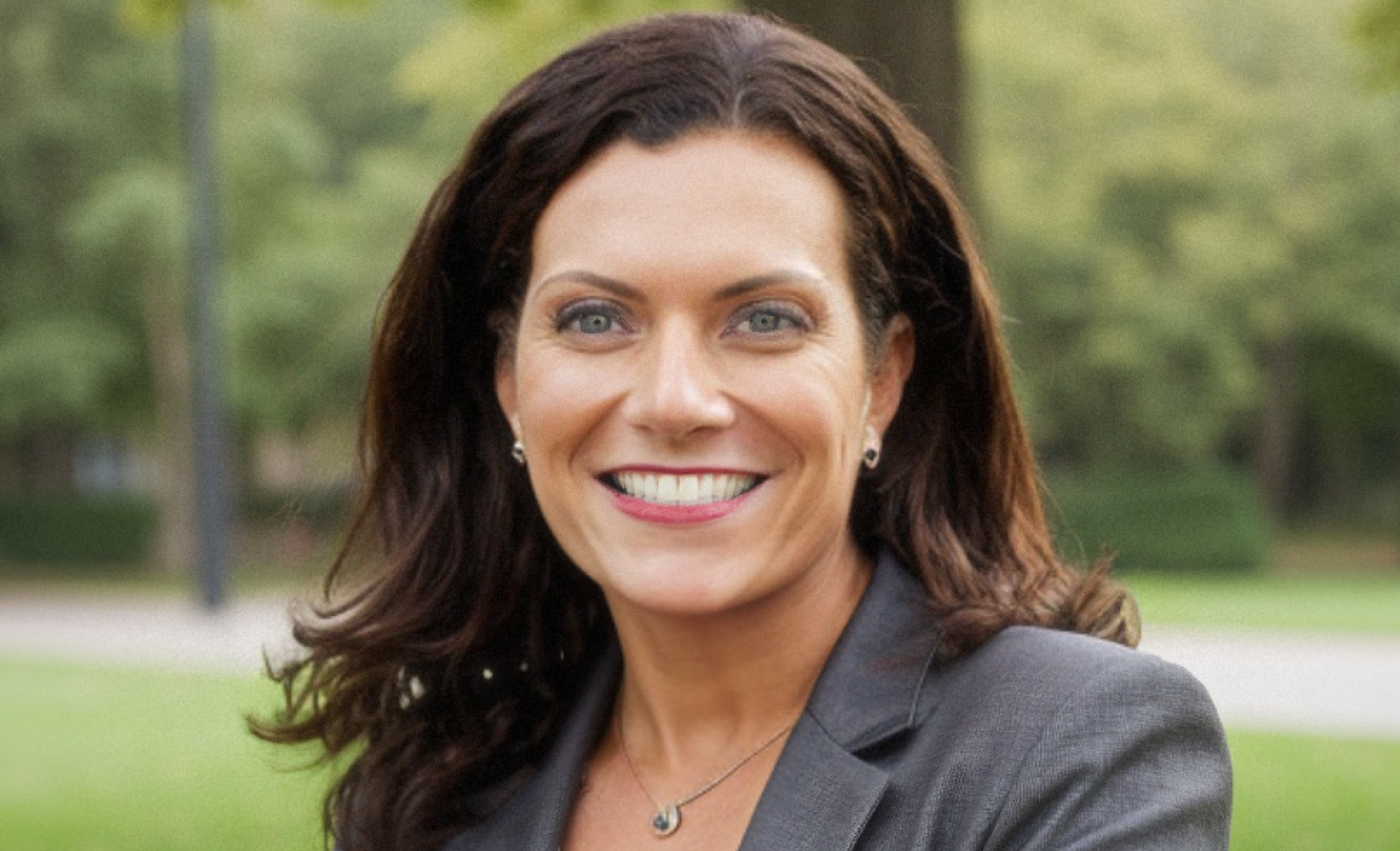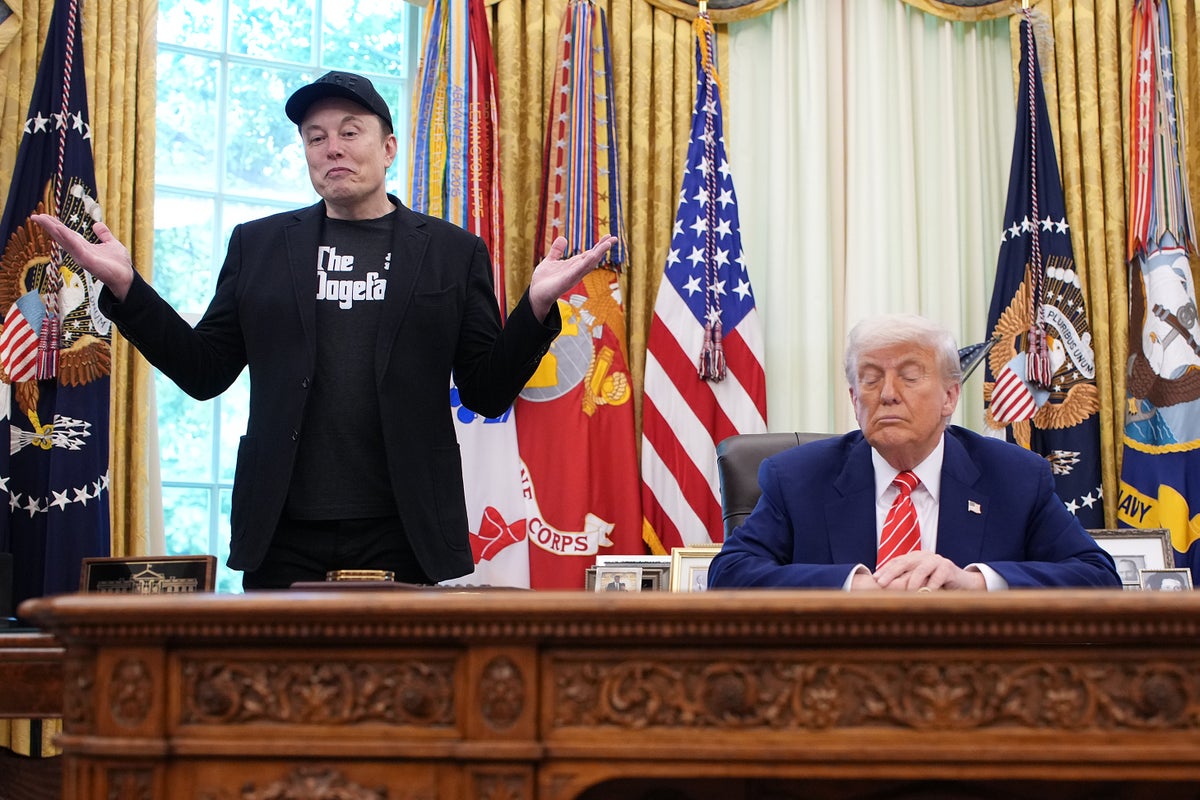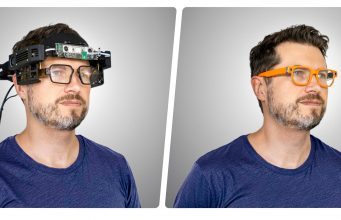Nursing Shortage Crisis: How to Attract & Retain Nurses in 2025 and Beyond
There’s a mounting issue facing our nation’s aging population: as older Americans grow in numbers, the nurses caring for them are also set to retire in record numbers. According to projections from the Census Bureau, by 2030, Americans 65 and older will make up more than 20% of the population, up from 17% in 2022. ... Read More


There’s a mounting issue facing our nation’s aging population: as older Americans grow in numbers, the nurses caring for them are also set to retire in record numbers. According to projections from the Census Bureau, by 2030, Americans 65 and older will make up more than 20% of the population, up from 17% in 2022. At the same time, roughly 600,000 Baby Boomer nurses are expected to retire from the workforce.
The US is already ill-equipped for the current level of stress senior care places on the health care system, but in the next five years, the situation is set to escalate. For an industry in such dire need of labor, the current state of hiring for nurses leaves a lot to be desired, with clunky, outdated applications and job postings that candidates have to hunt to find.
Without proactive strategies, implemented now, healthcare systems will find themselves scrambling to fill roles with the limited number of nurses available. Chipping away at this problem is a daunting task, but healthcare systems must start by paying attention to their employer branding and modernizing the candidate experience to keep their hospitals staffed. We’re no longer in an era where it’s acceptable for the candidate and employee experience to be an afterthought. As the most valuable asset to any organization, approaching the workforce from a people-first perspective is always the right call.
Building a Standout Employer Brand
There’s a striking imbalance in job openings and the supply of nurses, with the Bureau of Labor Statistics predicting 193,100 openings for nurses each year through 2032, and an expected shortage of 63,720 full-time nurses in 2030. With the level of demand healthcare is facing, a qualified nurse could walk into any hospital and get a job that same day, so what’s setting one employer brand apart from the next?
A strong employer brand is built upon reputation, workplace culture, career growth opportunities, and work-life balance. And at a time when burnout and stress levels are on the rise, nurses are looking for employers they trust will support them. Candidates want to see clear evidence of mental health resources, mentorship programs and long term support. But even with all these components in place, how an employer markets itself is just as important as what it offers. Even the best culture won’t attract candidates if they don’t know about it.
For a candidate pool as broad as in nursing, a simple job board post isn’t going to cut it. Employers need to be showcasing their unique brand differentiators across platforms as diverse as their candidates – connecting with them on Spotify where they’re listening, on TikTok where they’re scrolling, and on YouTube where they’re watching.
Audio and video components offer a chance to go beyond static job descriptions and showcase real nurse testimonials, career growth stories, and behind the scenes workplace culture. The more authentically a candidate can see themselves at an organization through representation by their peers, the more that brand will resonate positively.
Perfecting the Candidate Experience
Attracting potential candidates is only half the battle. Hiring them quickly is just as critical – speed and accessibility determine which healthcare systems win top talent.
The majority of nurses apply for jobs on their phones, according to Indeed’s Hiring Insights, yet many healthcare employers still use outdated, clunky application systems. A mobile-friendly experience should be table stakes at this point. Candidates shouldn’t have to scroll through endless pages or re-enter the same information multiple times.
Keep it simple and get the relevant information out in front first: how much is the role going to pay, what are the hours, are there opportunities for advancement, etc. When building out these applications, it’s also important to eliminate redundancies. Simplifying applications to under five minutes and reducing inputs (like requiring both a resume upload and manual entry) can dramatically reduce drop-off rates.
Any method of meeting the candidate where they are goes a long way, from using text-based interview scheduling to implementing AI-powered chatbots that can instantly answer common questions. In the race to modernize the application process, it’s the little things that make a difference in conversions.
Plan Today to Survive Tomorrow
The nursing shortage is already reshaping healthcare, and ignoring the upcoming factors contributing to its rise will only dig the hole deeper. Healthcare systems that fail to act will struggle to provide care for our most vulnerable populations.
While other industries may have the luxury of endless qualified applicants, nurses continue to be in short supply. Healthcare systems that clearly respect their nurses’ time, support their well-being, and make the hiring process effortless today will be primed to survive tomorrow’s nursing crisis.
About Michelle Whiffen
For more than 35 years, Michelle Whiffen has been working in the recruitment marketing space helping companies maximize their ROI. In her current role as SVP of Client Services at HireClix, Michelle partners with customers to strategize, plan and execute complex recruitment marketing plans.






















































































































































